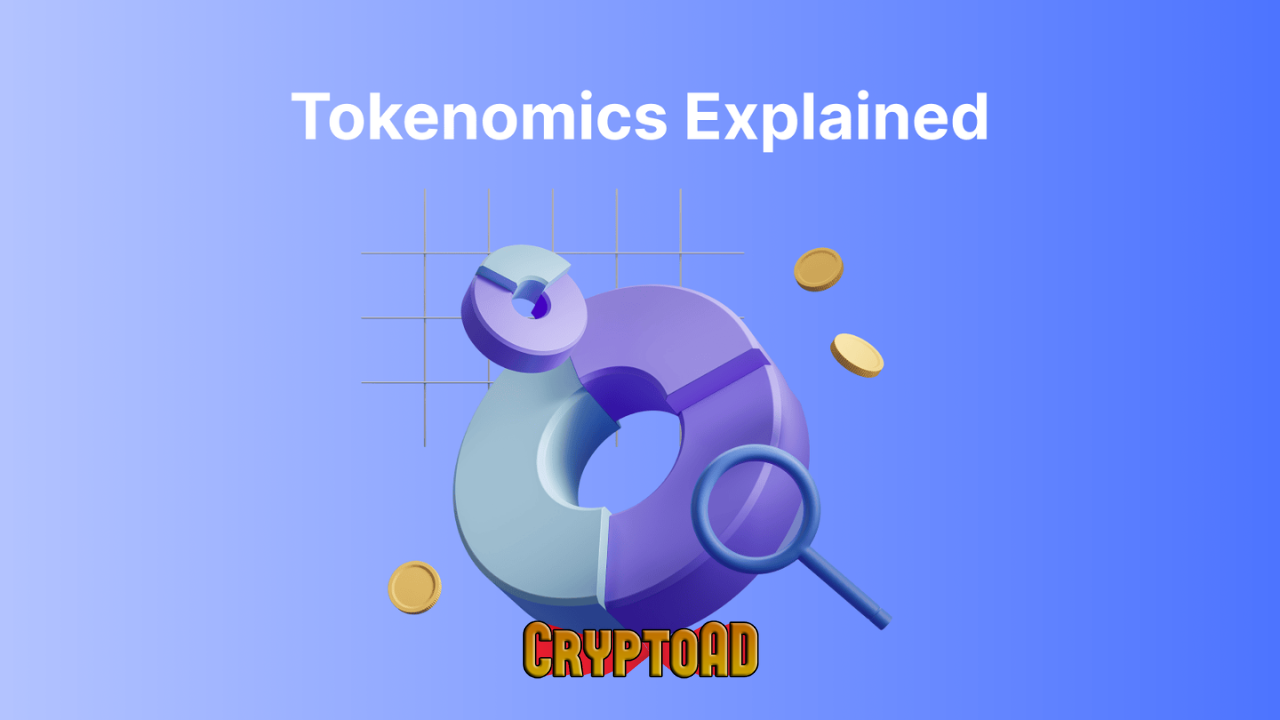Understanding Tokenomics: The Backbone of Cryptocurrency Value
In the rapidly evolving world of cryptocurrency, understanding the concept of tokenomics is essential for investors, developers, and enthusiasts alike. Tokenomics, a portmanteau of "token" and "economics," refers to the economic model behind a cryptocurrency or token, including its supply, distribution, and the incentives that drive its value. In this article, we will explore the key components of tokenomics, its significance, and how it impacts the cryptocurrency market.
What is Tokenomics?
Tokenomics encompasses several aspects of a cryptocurrency project, including:
- Token Supply: The total number of tokens that will ever exist.
- Token Distribution: How tokens are allocated among investors, developers, and the community.
- Incentives: Mechanisms that encourage users to hold, use, or stake their tokens.
- Utility: The purpose of the token within its ecosystem, such as governance, access, or rewards.
The Importance of Tokenomics
Understanding tokenomics is crucial for several reasons:
- Investment Decisions: Investors can make informed decisions by analyzing a token's supply and distribution, assessing its potential for price appreciation.
- Project Viability: A well-designed tokenomics model can indicate a project's long-term sustainability and growth potential.
- Community Engagement: Effective tokenomics encourages community participation, fostering a loyal user base and enhancing the project's ecosystem.
Key Components of Tokenomics
1. Token Supply
The total supply of a token significantly impacts its value. Generally, there are two types of token supply:
- Fixed Supply: The total number of tokens is predetermined, creating scarcity. Bitcoin, for instance, has a fixed supply of 21 million coins.
- Inflationary Supply: New tokens are created over time, potentially diluting the value of existing tokens. Ethereum follows an inflationary model.
2. Token Distribution
Token distribution refers to how tokens are allocated. A fair distribution model ensures that tokens are not concentrated in the hands of a few. Common distribution methods include:
- Initial Coin Offerings (ICOs): A fundraising method where tokens are sold to early investors.
- Airdrops: Free token distributions to existing holders to promote engagement.
- Mining: The process by which new tokens are created and distributed, incentivizing users to secure the network.
3. Incentives
Incentives play a vital role in tokenomics. They encourage users to participate in the network and hold their tokens. Some common incentive structures include:
- Staking Rewards: Users earn rewards for locking up their tokens to support network operations.
- Governance Rights: Token holders may have a say in project decisions, enhancing user engagement.
- Referral Programs: Users can earn tokens for bringing in new participants.
4. Utility
The utility of a token determines its real-world application and demand. Tokens can serve various purposes, such as:
- Payment: Tokens can be used for transactions within their ecosystem.
- Access: Certain tokens grant users access to exclusive features or services.
- Rewards: Tokens can be earned through participation in activities like gaming or community contributions.
Analyzing Tokenomics
To effectively analyze a cryptocurrency's tokenomics, consider the following steps:
- Research the token supply and distribution to understand its scarcity and fairness.
- Examine the incentive mechanisms to determine if they promote user engagement and network security.
- Evaluate the utility of the token within its ecosystem to gauge its potential for widespread adoption.
Conclusion
Tokenomics is a critical aspect of any cryptocurrency project, influencing its value, sustainability, and community engagement. By understanding the various components of tokenomics—such as token supply, distribution, incentives, and utility—investors and users can make more informed decisions in the ever-changing landscape of cryptocurrency. As the industry continues to evolve, staying informed about tokenomics will be essential for anyone looking to navigate the crypto market successfully.
For more information on cryptocurrency and tokenomics, visit Investopedia or check out Forbes.

